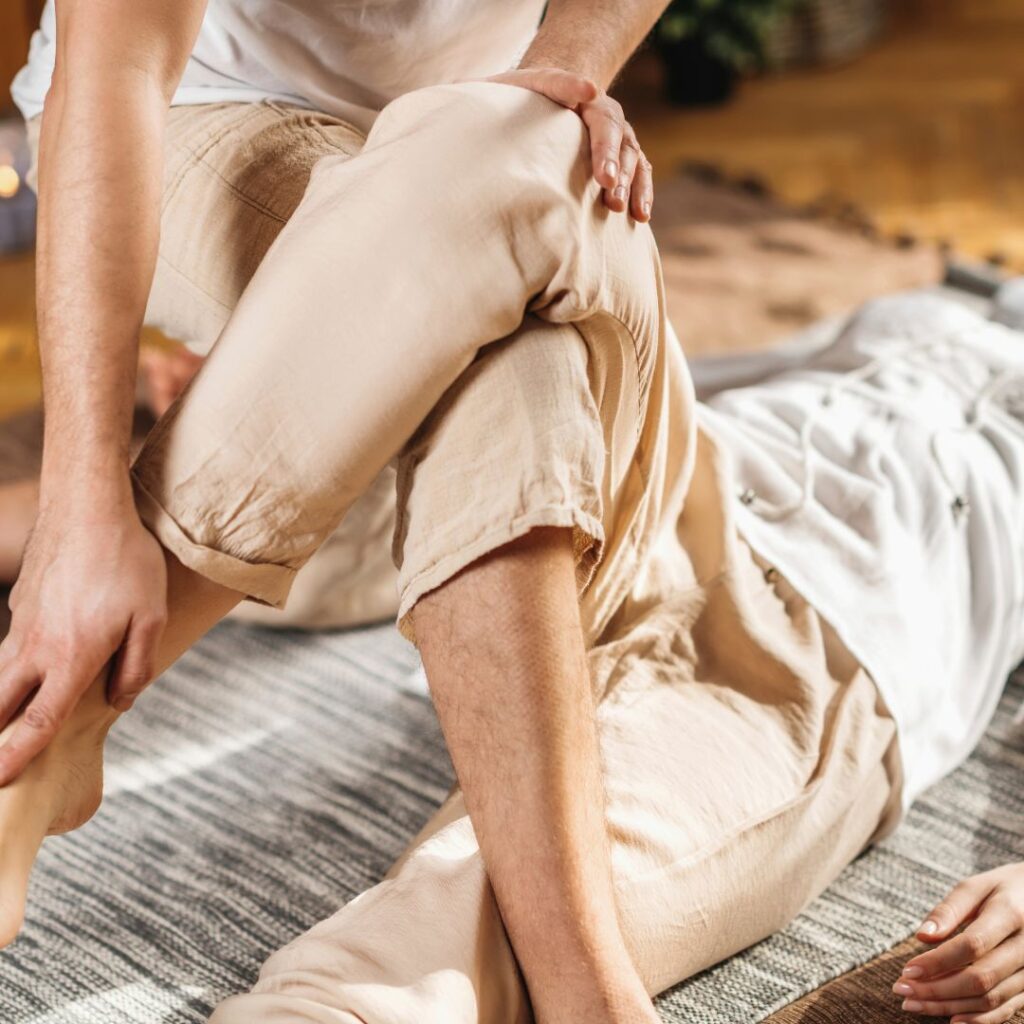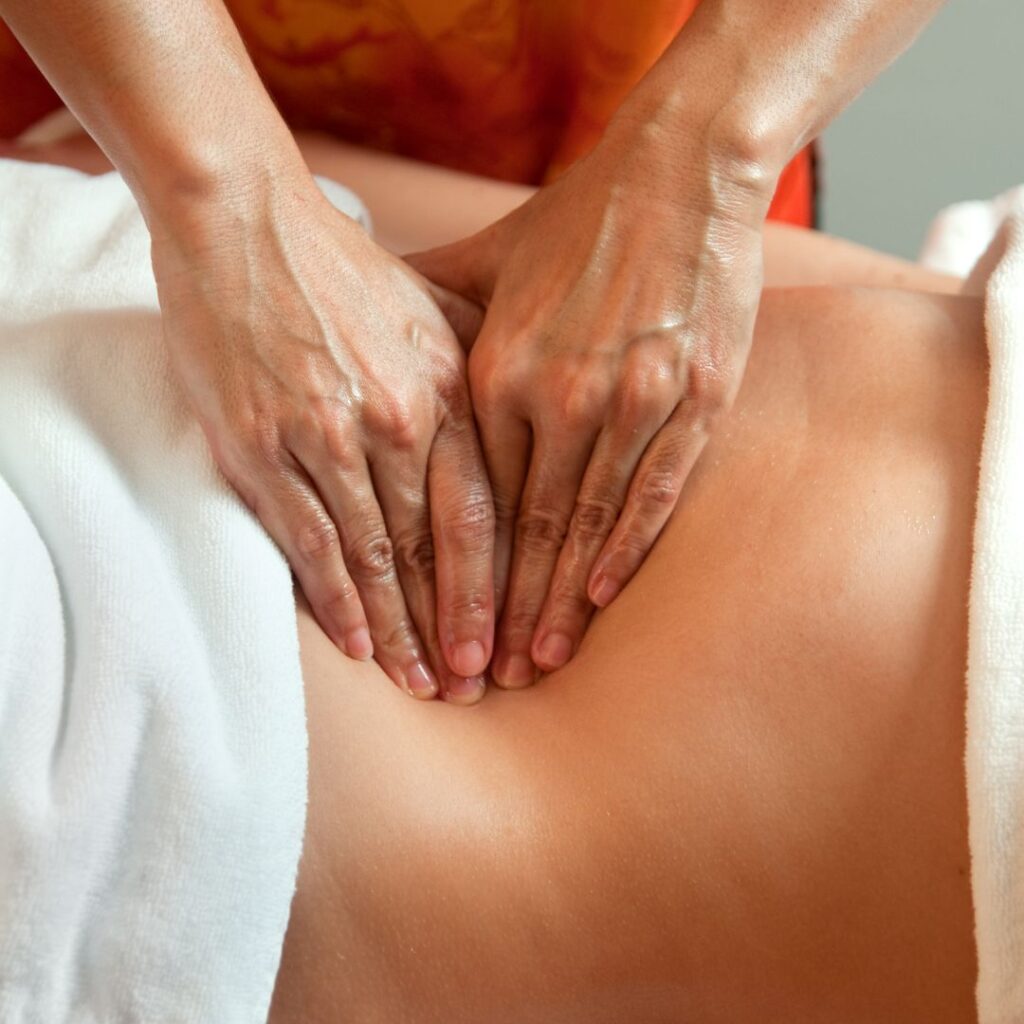Enrolling in your first Thai massage course is an immersive experience, offering hands-on training in the ancient healing art of Thai massage. Rooted in traditional practices that date back over 2,500 years, Thai massage combines principles from Ayurveda and acupressure with yoga-like stretching. These courses provide an introduction to fundamental techniques and philosophies, allowing students to learn through observation, instruction, and practical application.
Course Structure and Training Approach
In a typical Thai massage course, you’ll learn foundational techniques, focusing on postures, body alignment, and breathing. The course is usually structured to allow beginners to gradually build their skills, often covering the principles of energy lines, or sen, which are believed to channel vital energy throughout the body. Through interactive, instructor-led demonstrations, students observe precise hand movements and positioning, which they then replicate under the instructor’s guidance.
Expect each session to include hands-on practice. You’ll work with classmates in pairs, allowing you to experience the massage as both a practitioner and a recipient. This dual approach provides insight into how each technique feels, helping you understand how to adjust pressure and angles to achieve optimal results.

Key Techniques and Skills You’ll Learn
One of the primary skills taught in Thai massage is applying pressure using thumbs, palms, elbows, and feet, a distinct characteristic of this modality. These techniques are designed to stimulate circulation, enhance flexibility, and alleviate muscle tension. As part of the training, you will also practice specific stretches, which can range from gentle to intense, depending on the needs of the client. These stretches help release tension and improve joint mobility.
Additionally, you will be introduced to meditation and breathwork, key components of Thai massage that help maintain focus and promote relaxation. Instructors emphasize the importance of mindfulness, grounding, and energy flow, as these elements contribute to a positive therapeutic experience.
Learning Environment and Community
Thai massage courses are typically taught in an open, supportive environment where students encourage one another. Instructors usually have years of experience and may even be certified as Master Practitioners in traditional Thai medicine. Expect to spend time discussing the historical and cultural background of Thai massage, gaining a broader appreciation for its roots in Thai philosophy and spiritual practice.

Personal and Professional Benefits
Completing a Thai massage course offers both personal and professional benefits. Not only will you acquire a new skill set, but you’ll also gain insights into holistic health practices that can be applied in various wellness fields. Whether you’re pursuing a career as a therapist or simply want to deepen your understanding of wellness, the experience can be deeply rewarding.
Conclusion
Your first Thai massage course will offer a unique blend of physical practice, mental focus, and cultural insight. By the end, you’ll have foundational skills that can improve your own well-being and, potentially, the health of others.

